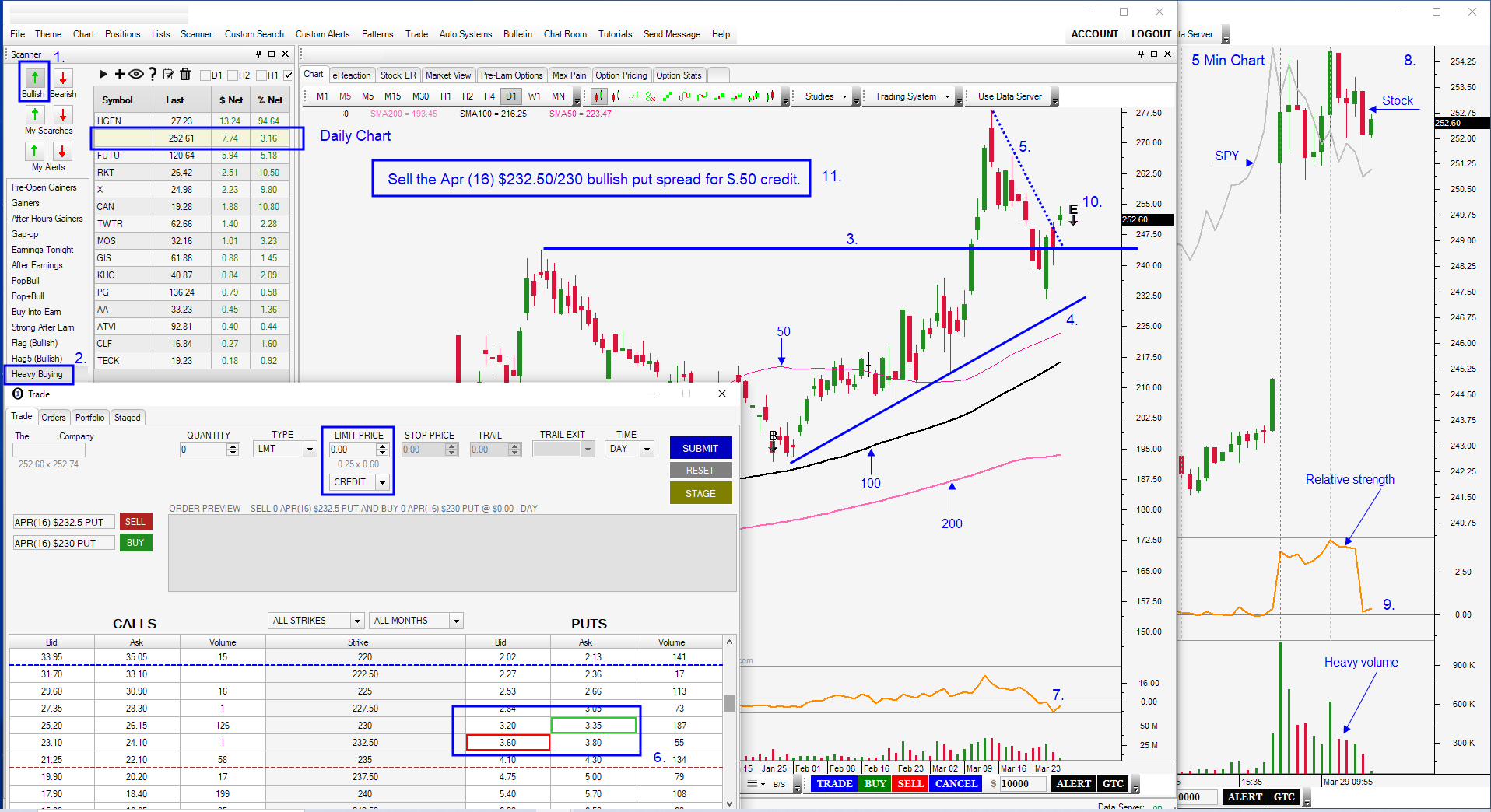Question
Robert states, “My question regards the assignment of options. I’m not exactly sure how the dynamics work and how to determine if I’m in danger of being assigned. Suppose I sell a call, when does the person on the other side get to buy the call you put up for sale?
Answer
Great question. Before I get started, let me clarify a point. The person does not get to buy the call, he gets to buy the stock at the strike price.
The answer is relatively involved so I will try to answer it in stages. First of all, let’s keep it simple and say that you sold a front month call for $2 and it expires in 3 weeks. The stock was at $48 and the call had a strike price of $50. As the seller, you have no rights (you are at the mercy of the buyer). The buyer of the call has the right to buy the stock at $50. If he elects to exercise that right, you are obligated to sell him shares at $50. Obviously, with the stock at $48 he will not elect to do that. He can go into the open market and buy shares for less than $50. The option is out-of-the-money (OTM).
Now let’s say the stock has rallied and it is currently trading for $52 with a week left until expiration. The options are in-the-money (ITM) and they have value. In this case, the options are worth $2. The option buyer could elect to sell the shares of stock in the open market for $52 and exercise his call options. Effectively he is selling the stock at $52 and buying it at $50. The difference is $2 and that represents the intrinsic value (parity). Since there is still a week before expiration, the option will carry some premium above and beyond parity. If the $50 call is trading for $2.50, the buyer of the option will simply sell it in the open market. In doing so, he will get $2.50 instead of $2.00. If he sells the option in the open market, no one gets assigned.
Let’s suppose we are in the home stretch and it is expiration week. With three days to go, the stock is trading at $53.90 x $54.00 and the option is trading $3.80 x $4.10. The option buyer looks at the market and figures he might be able to split the bid/ask and sell the stock for $53.95. Once he is filled he exercises his call and effectively gets out of the trade for $3.95. That is $.15 better than if he sold the option in the open market for $3.80.
The option buyer must submit his exercise notice no later than 15 minutes after “the bell” in any given day. This rule is in place so that he can’t force delivery based on news that comes out “after hours” on expiration Friday.
Once an exercise has been submitted by the brokerage firm to the OCC (Options Clearing Corp) there is a standardized method of allocating the assignment to each of the brokerage firms that have a short position in that option. The brokerage firm will receive their allotment from the OCC and through a standardized lottery system. they will determine which accounts in the firm get assigned. The communication that takes place between the brokerage firm and the customer once that happens varies from one firm to another. If there is a long stock position to offset the short stock, they will normally flatten out the position.
If you were short a call option and you were assigned, you will come in the next day short stock. If you buy in your short stock that day, you are permitted to use a rule called “same day substitution” that prevents you from having to put up the short stock margin.
You will run the risk of assignment when the option is bid below parity. That will only happen if the option is ITM. If it is barely ITM, it might not trade below parity until the last few minutes. If it is ITM by less than $1, it will probably trade under parity the day of expiration. If it is ITM by more than $4, the option can trade below parity a week or even two before expiration if the stock is not very volatile. I have seen options that are ITM by more than $15 get assigned a month before expiration. Look at the bid of the option to figure out if you run the risk of assignment.
Here is an important point to remember. In the case of a call option, if the stock is bid more than a quarter of a point higher than the strike (i.e $50.25) at the close on expiration Friday, it will go through auto exercise/assignment. That is why it is important to close at-the-money positions out at expiration unless you don’t mind delivery. The buyer may not want to take delivery of the stock but if he leaves the position open, he will be long shares of stock Monday morning.
There are many twists and turns to assignment on cash settled American Style options like the OEX. You’d better know the intricacies or it could cost you a lot of money.
Thanks for the question Robert. You just won a one month subscription to the OneOption service of your choice.









